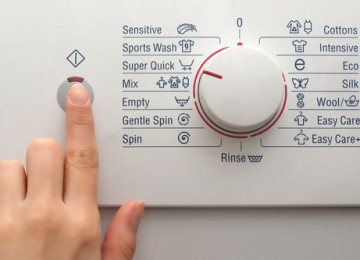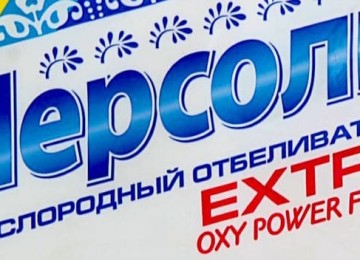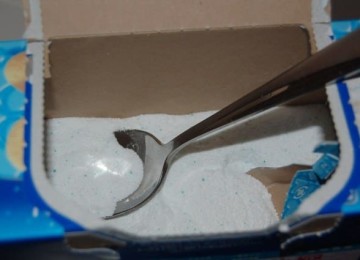 Sports shoes more often than any other need to be washed and thoroughly cleaned from the inside. No matter what modern “breathable” materials the sneakers are made from, the smell of sweat still appears during intense exercise. The sneakers can be washed by hand or in the washing machine. Washing sneakers in a washing machine is always preferable to hand cleaning. But in order to maintain the quality characteristics of sports shoes, consider a few nuances.
Sports shoes more often than any other need to be washed and thoroughly cleaned from the inside. No matter what modern “breathable” materials the sneakers are made from, the smell of sweat still appears during intense exercise. The sneakers can be washed by hand or in the washing machine. Washing sneakers in a washing machine is always preferable to hand cleaning. But in order to maintain the quality characteristics of sports shoes, consider a few nuances.
Which sneakers should not be machine washed?
It is not recommended to machine wash the following types of sneakers:
- inexpensive, from unknown manufacturers, made of cheap material with taped rather than stitched seams;
- made of soft genuine leather or suede - there is no guarantee that the material will not deform during washing and subsequent drying;
- with decorative elements that can come off or become damaged;
- started to tear. There is a big risk that after washing in a washing machine, the pair will finally become unusable.
Branded sports shoes usually have a label with care information.
Preparing for washing
First of all, you need to unlace the sneakers and take out the insoles; they are washed separately. If the insoles are glued to the inside of the sole, do not force them to come off.
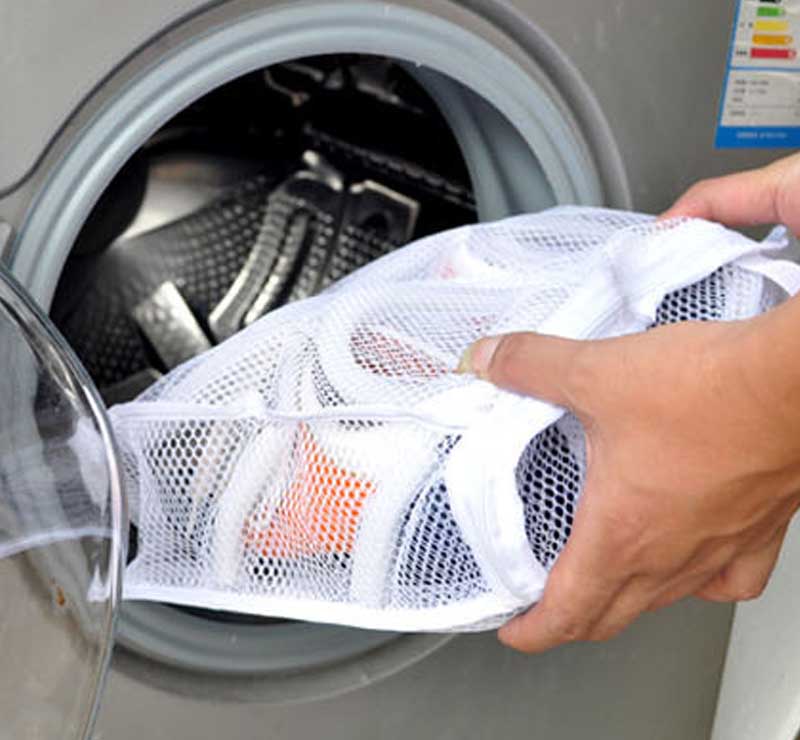
Next, if the sneakers were used for running outside, they need to be shaken out and manually washed to remove dirt, adhering grass and sand. Pay special attention to the sole. Remove sand and small stones that are stuck between the outsole treads. If your sneakers are very dirty, it makes sense to soak them briefly before washing. Make a warm soapy solution and immerse dirty shoes in it for half an hour, and then rinse them in running water. Pre-soaking will give you an idea of how your shoes will behave in water, especially if you are washing this pair for the first time. If nothing has come off, the material has not become deformed, and the dyed fabric has not faded, you can safely start washing.
It is recommended to use a special bag for washing sneakers. This is necessary to prevent damage to both the shoes themselves and the elements of the washing unit. Washing bags are often included with shoes when they are sold. If you didn’t have such bags, or you threw them away without sorting them out, it doesn’t matter. Any unnecessary pillowcase can be used as a replacement. Place your sneakers in it and fasten the pillowcase so that the shoes do not fall out during the washing process. By the way, it is recommended to additionally put some item of clothing or an old towel in the drum of the washing unit. This way, the shock load on your shoes and the machine drum will be less.
Selecting a sneaker washing mode
When choosing a mode for washing sneakers in a washing machine, take care of the safety of not only the shoes, but also the mechanical elements of the unit. Consider the following points:
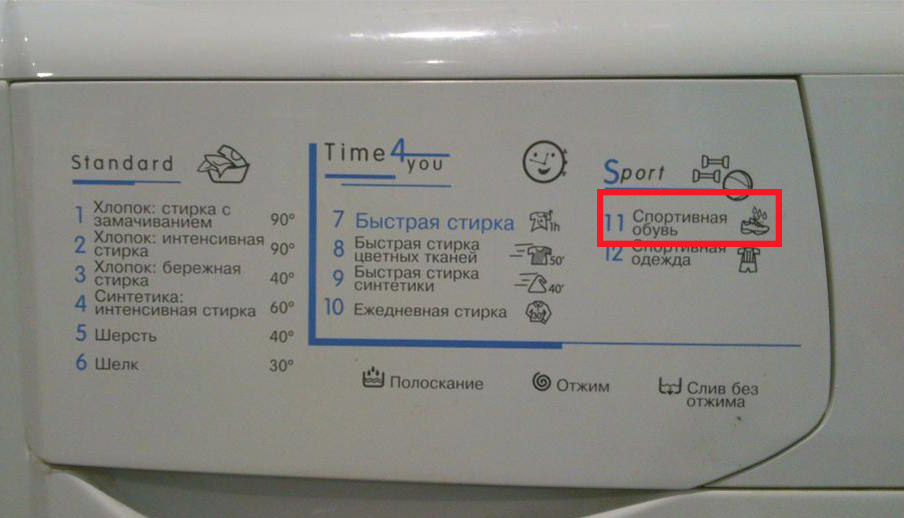
- Many modern automatic machines already have a “sports shoes” washing mode. If this is your case, great, just choose it.
- If there is no special mode, choose the “delicate” or “hand” washing mode. In this case, it is better to limit the temperature to 30 °C, since at higher temperatures there is a risk of deformation of the material, peeling of the sole, and disruption of the shock-absorbing system of the sole.
- The powder portion is normal. If your shoes are white or have stubborn stains, you can add a little bleach or stain remover.
- The parameters of the “spin” option should be kept minimal, and the “drying” option should be completely disabled. When spinning at high speeds, there is a risk of damage to the mechanical parts of the drum. And when drying, high air temperatures are used, which will lead to negative consequences for shoes.
- Do not wash more than two pairs of adult sneakers or three pairs of children's sneakers at the same time. The glass of the unit door often cannot withstand such an impact load.
Don't be alarmed if, when washing sneakers, the sound will be much more intense than when washing clothes or linen. When the drum rotates, the sneakers hit its walls, which causes loud thuds. For this reason, it is better to start washing during the daytime, when noise will not interfere with rest.
How to dry sneakers correctly
The last stage is proper drying of the shoes. What should you pay attention to at this stage? Options for proper drying of sports shoes:
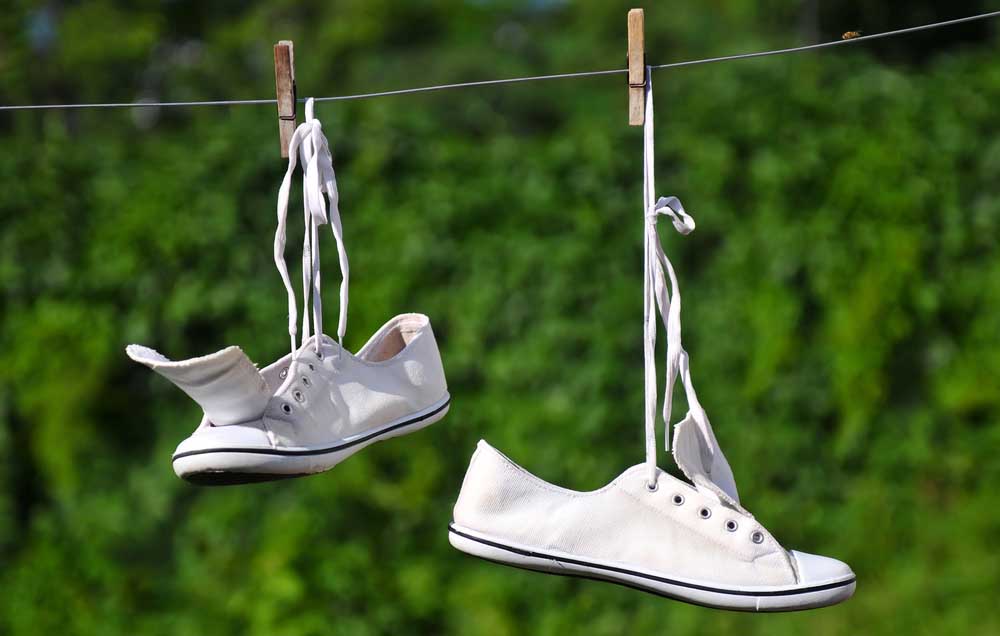
- After removing the sneakers from the washing machine, stuff the inside of them tightly with crumpled white paper. This will allow excess moisture from the material to be absorbed into the paper. As moisture is absorbed, the paper should be replaced with new one. Hint: Ordinary toilet paper will do the job just fine. Do not use newspapers or other periodicals for this purpose.The printing ink will leave marks on the light parts of the sneakers. The shoes should be in a well-ventilated room or outside while drying. Laces and insoles are dried separately.
- If the season and weather permit, it is best to dry the sneakers in the open air. To do this, hang them on a rope using clothespins or by the laces. Avoid direct sunlight in the summer to avoid overheating and fading of the material.
- Use a special device for drying shoes. But this is a rather risky method, since the heating temperature is not designed for sports shoes and can lead to their damage.
Important! Never dry your sneakers on a radiator or using a hair dryer. High temperatures have a negative effect on the characteristics of the shoes, the sole structure can be irreparably deformed. And in the case of a hair dryer, you will most likely ruin the electrical appliance itself.
If the sneakers were initially treated with a water and dirt-repellent impregnation at the factory, it will be washed off after washing. Buy a special water-repellent spray in the store and apply it yourself according to the instructions. This manipulation should be done after the sneakers have completely dried, before lacing them up.
Do not wash your sneakers too often, as this will negatively affect their service life. The optimal frequency is once every 2-3 months of regular use.
If you do everything according to the recommendations, your shoes will be clean and their quality characteristics will not deteriorate.







